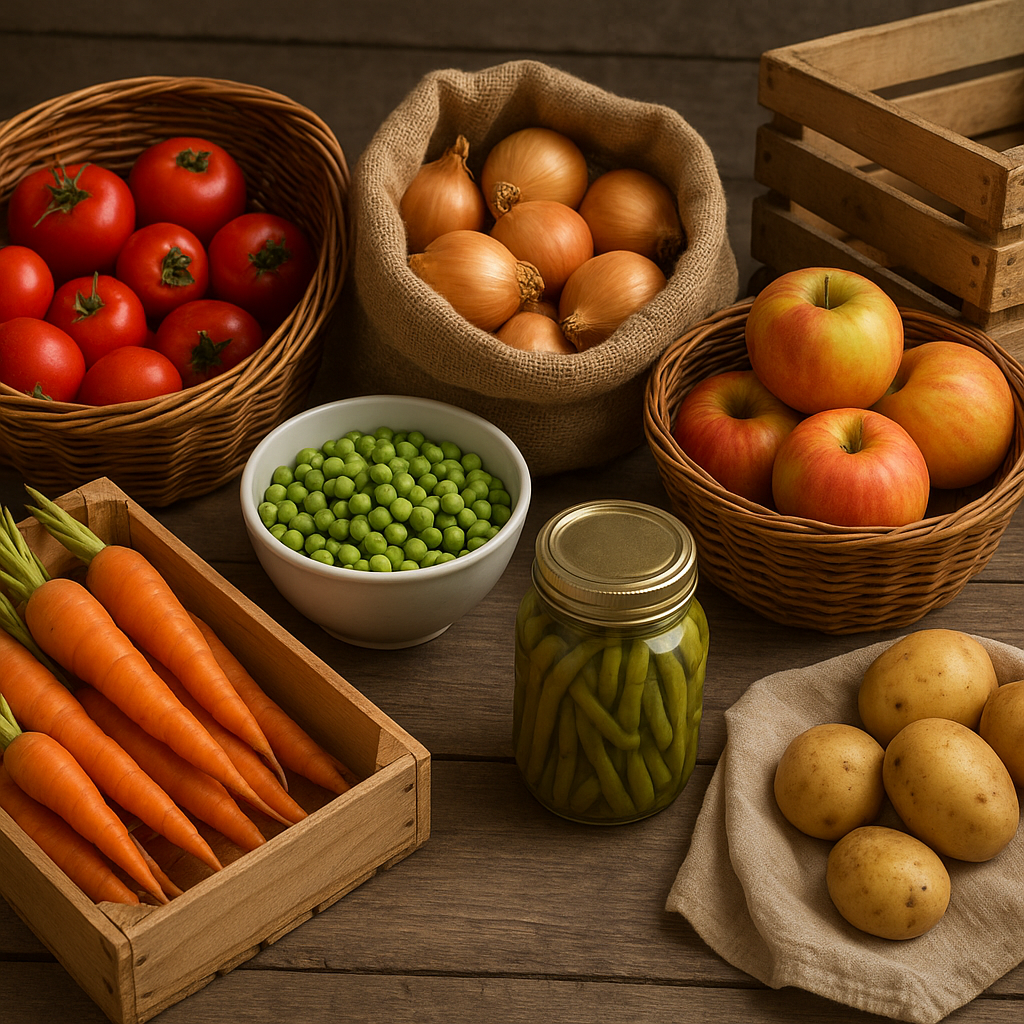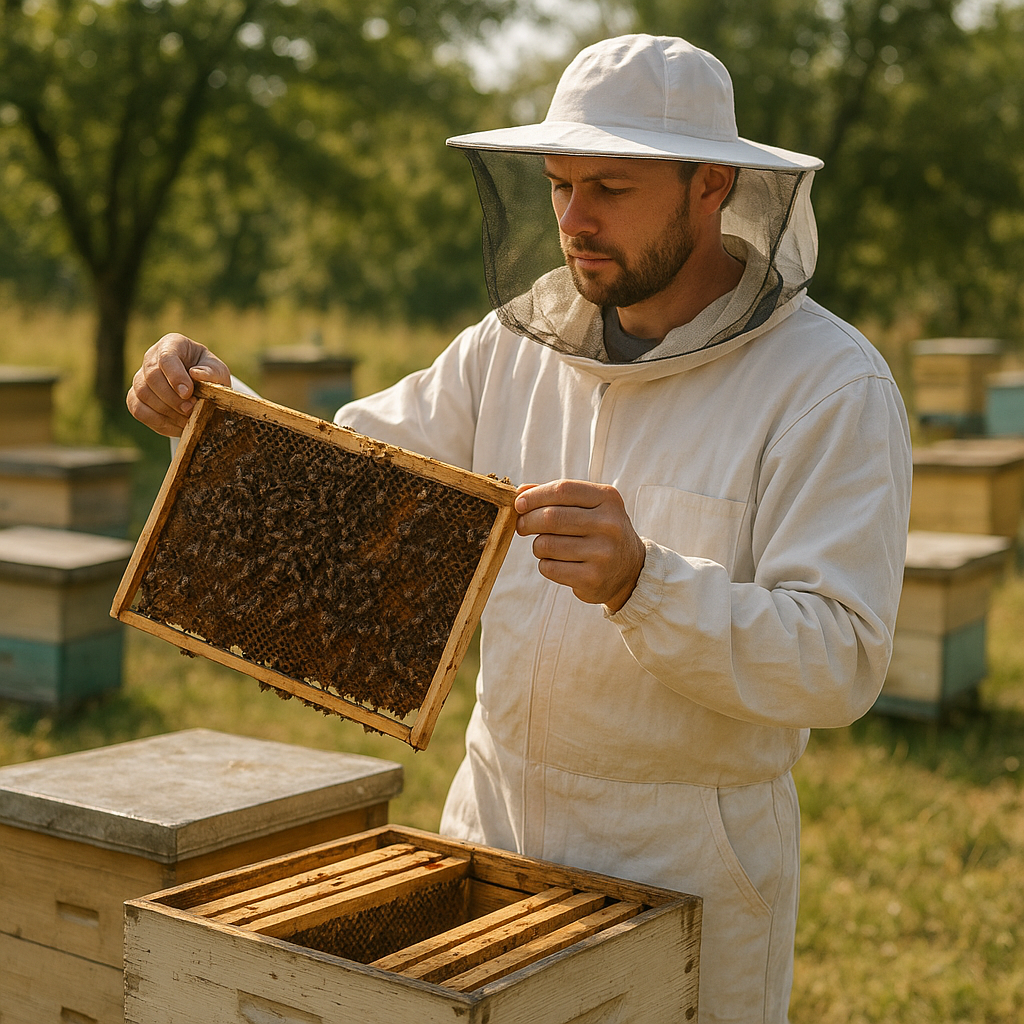
Properly storing and preserving harvested crops is essential for maintaining their quality, extending their shelf life, and maximizing the return on your farm’s labor. By implementing best practices from harvest time through long-term storage, growers can minimize losses, reduce waste, and deliver fresh, nutritious produce to markets and consumers. This guide outlines key strategies for successful post-harvest handling across diverse crop types.
Harvest Time and Pre-Storage Preparation
Optimal Harvest Timing
Harvesting at the right moment is the first step to ensure maximum nutritional value and storability. Each crop has a specific maturity window when sugar content, firmness, and moisture levels are ideal. Monitor plant indicators—such as fruit color, leaf senescence, and seed hardness—to determine post-harvest readiness. Early or late harvesting can lead to reduced vigor, increased susceptibility to rot, and diminished market appeal.
Cleaning and Sorting
Once harvested, crops must undergo thorough cleaning. Remove soil, debris, and damaged or diseased specimens to prevent contamination during storage. Gentle brushing, air blowers, or low-pressure water sprays work well for root vegetables and tubers, whereas delicate fruits require hand-washing and soft cloth drying. After cleaning, sort produce by size, weight, and condition to allow for uniform storage conditions and targeted market packaging.
Drying, Curing, and Conditioning
Curing helps toughen skins and reduce moisture near the surface, mitigating microbial growth. Bulb crops like onions and garlic benefit from curing in well-ventilated, shaded areas until their skins become papery. Similarly, peppers and tomatoes can be gently dried or conditioned at moderate temperatures (25–30°C) with ample airflow for several days. Achieving the right balance of dryness sets the stage for long-term preservation.
Effective Storage Techniques for Various Crops
Grains and Cereals
Grains require storage in cool, dry environments with relative humidity below 15%. Use airtight containers or hermetic bags to maintain low moisture levels and inhibit insect activity. Elevate bags on pallets to enhance ventilation and inspect monthly for signs of infestation. In larger operations, sealed silos equipped with aeration systems ensure uniform temperature and humidity control.
Root Vegetables and Tubers
Potatoes, carrots, beets, and similar crops fare best in dark, insulated cellars or root houses, maintained at 0–4°C and 85–95% relative humidity. These conditions minimize sprouting and shriveling. Layer tubers in ventilated crates with straw or wood shavings to buffer temperature fluctuations. Remove any rotting specimens immediately to prevent spread.
Fruits and Vegetables
- Citrus fruits: Store at 8–12°C with 85–90% humidity. Controlled atmosphere storage with reduced oxygen (3–5%) and elevated CO₂ (5–10%) can delay ripening.
- Berries and grapes: Highly perishable. Refrigerate at 0–1°C and protect from bruising by using shallow trays and ventilated clamshells.
- Leafy greens: Sensitive to ethylene. Keep in perforated bags at 0–2°C and 95–100% humidity.
Legumes and Oilseeds
Legumes such as peas and beans must be dried to below 12% moisture and stored in totes with oxygen scavengers to ward off pests. Oilseeds (sunflower, canola) require similar moisture control but also benefit from low-temperature storage (below 10°C) to prevent rancidity and preserve nutrient integrity.
Monitoring, Maintenance, and Troubleshooting
Temperature and Humidity Control
Stable environmental conditions underpin any successful storage system. Invest in reliable sensors and automated controllers to track temperature and relative humidity. Sudden spikes in temperature can accelerate ripening or spoilage, while fluctuating humidity levels promote condensation and mold. Regular calibration of equipment is vital for accurate readings.
Pest and Disease Management
Maintain strict sanitation by cleaning storage areas between batches. Apply approved fumigants or botanical repellents in enclosed storages, and consider biological controls like predatory mites for grain bins. Inspect for signs of weevils, moth larvae, and springtails. Promptly quarantine and treat affected lots to protect the overall harvest.
Regular Inspections and Record Keeping
Implement a schedule for weekly or biweekly checks on stored produce. Use a checklist to note temperature, humidity, appearance, and odor anomalies. Maintain logs to trace issues back to harvest dates, storage zones, or treatment methods. This data-driven approach facilitates continuous improvement and helps pinpoint weaknesses in your system.
Innovative Approaches and Sustainable Practices
Controlled Atmosphere and Modified Atmosphere Packaging
Advanced storage employs O₂ and CO₂ regulators to slow respiration rates and delay senescence. Modified atmosphere packaging (MAP) uses film films with selective permeability to maintain optimal gas ratios around perishable products. These techniques can double or triple storage duration for apples, pears, and kiwifruit.
Biodegradable Packaging and Natural Preservatives
Bioplastic crates, compostable liners, and natural wax coatings are gaining traction as eco-friendly alternatives. Coatings infused with chitosan, citric acid, or essential oil extracts like thyme and rosemary extend shelf life by forming antimicrobial barriers on produce surfaces. This approach aligns with consumer demand for sustainability and reduced plastic waste.
Digital Sensors and Automation
Wireless IoT devices monitor multiple storage points simultaneously, alerting managers to deviations via mobile apps. Automated ventilation fans and misting systems adjust conditions in real time to maintain set parameters. Such smart systems not only safeguard product integrity but also cut down on energy consumption by operating only when necessary.
Post-Harvest Value Addition and Marketing Strategies
Value-Added Processing
Transform excess or near-maturity produce into jams, pickles, dried snacks, or cold-pressed oils. This secures added income streams, reduces waste, and reaches markets during off-seasons. Maintain stringent hygiene standards, adhere to labeling regulations, and document processing steps for quality assurance.
Branding and Direct-to-Consumer Sales
Emphasize your meticulous preservation methods in product storytelling to differentiate in competitive markets. Farmers’ markets, community-supported agriculture (CSA) boxes, and online platforms allow for premium pricing on ultra-fresh or specialty items. Share temperature logs, organic certifications, or eco-friendly packaging credentials to build trust and loyalty.
Collaborations and Co-Op Storage Models
Smaller farms can pool resources to build shared storage facilities equipped with advanced climate control. Cooperative schemes distribute costs and risks, enabling participants to adopt high-end technologies that would be prohibitive individually. Strong governance and clear usage agreements ensure fair access and maintenance responsibilities.

